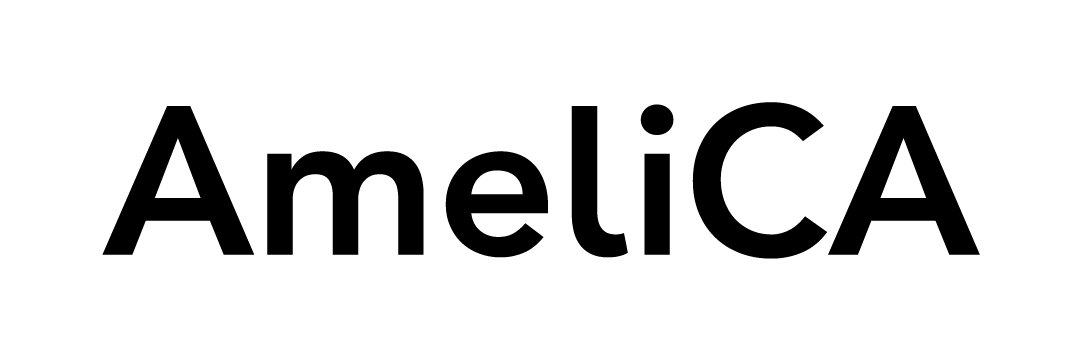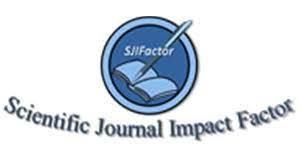El Ecuador en el consejo de seguridad de las Naciones Unidas
Publicado
1991-01-04
Número
Sección
Artículos de Investigación
Licencia

Esta obra está bajo una licencia internacional Creative Commons Atribución-NoComercial-SinDerivadas 4.0.
Los autores que publican en Revista de la Universidad de Guayaquil conocen y aceptan las siguientes condiciones:
- Los autores retienen los derechos de copia (copyright) sobre los trabajos, y ceden a Revista de la Universidad de Guayaquil el derecho de la primera publicación del trabajo, bajo licencia internacional Creative Commons Atribución-NoComercial-SinDerivadas 4.0 que permite a terceros compartir la obra siempre que se indique su autor y su primera publicación esta revista.
- Los autores conservan los derechos de autor y garantizan a Revista de la Universidad de Guayaquil el derecho de publicar el trabajo a través de los canales que considere adecuados.
- Los autores son libres de compartir, copiar, distribuir, ejecutar y comunicar públicamente la versión del trabajo publicado en Revista de la Universidad de Guayaquil, haciendo reconocimiento a su publicación en esta revista.
- Se autoriza a los autores a difundir electrónicamente sus trabajos una vez que sean aceptados para publicación.
Cómo citar
El Ecuador en el consejo de seguridad de las Naciones Unidas. (1991). Revista Universidad De Guayaquil, 83(1-2), 253-300. https://doi.org/10.53591/rug.v83i1 y 2.829































